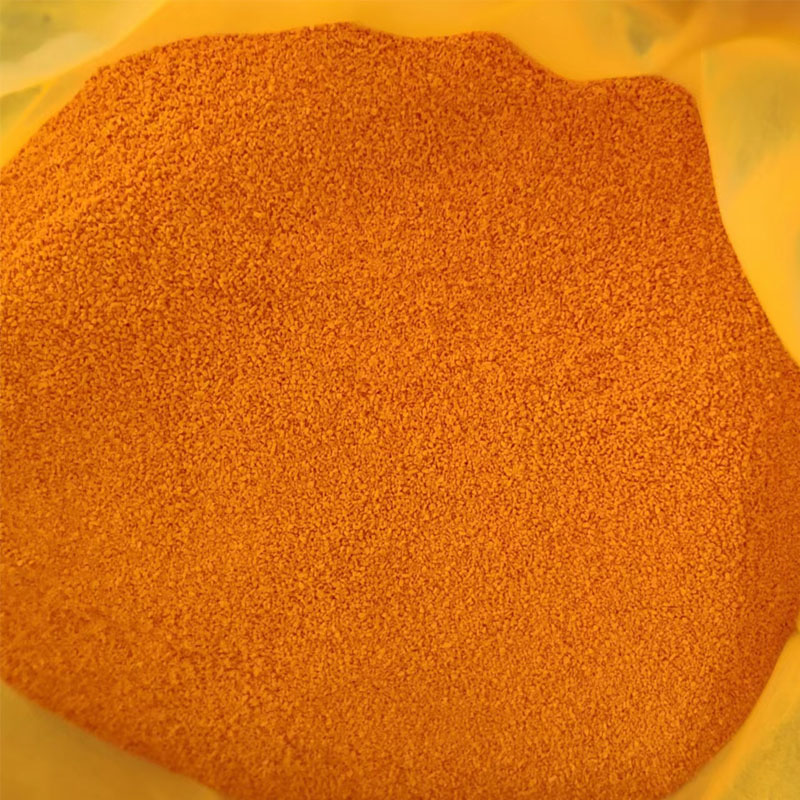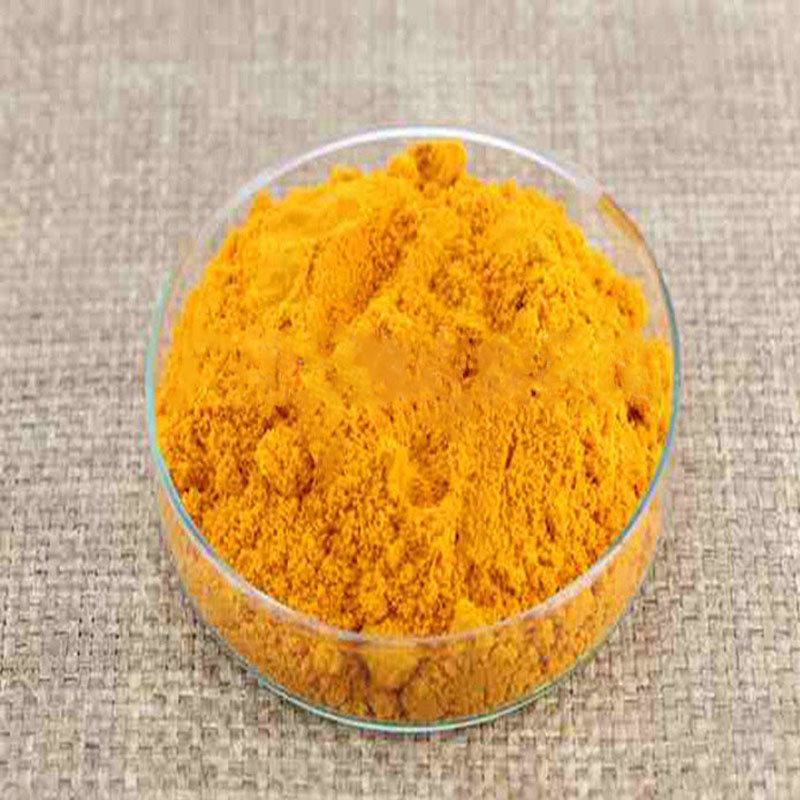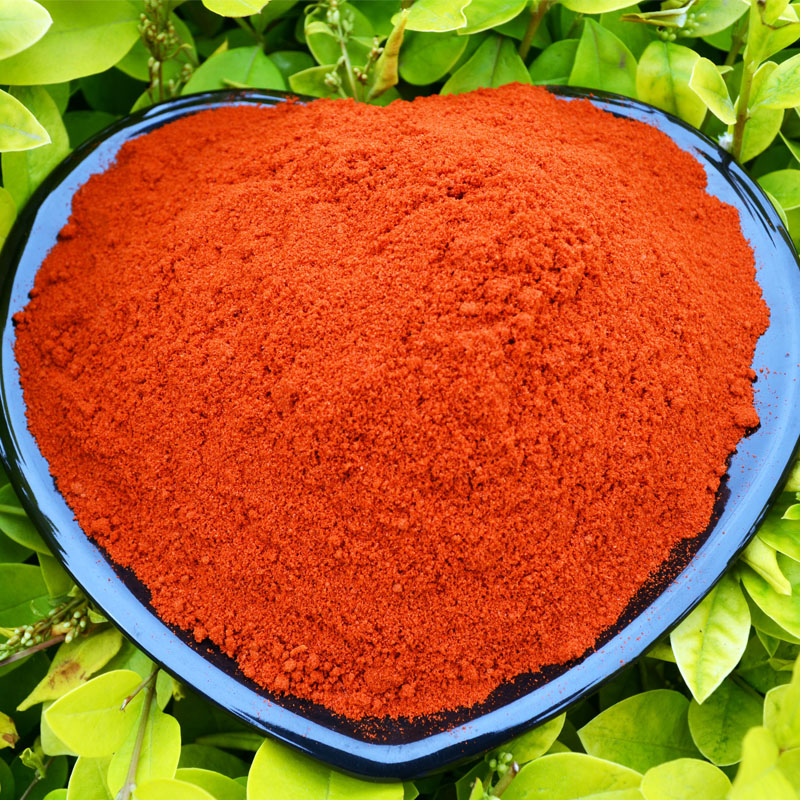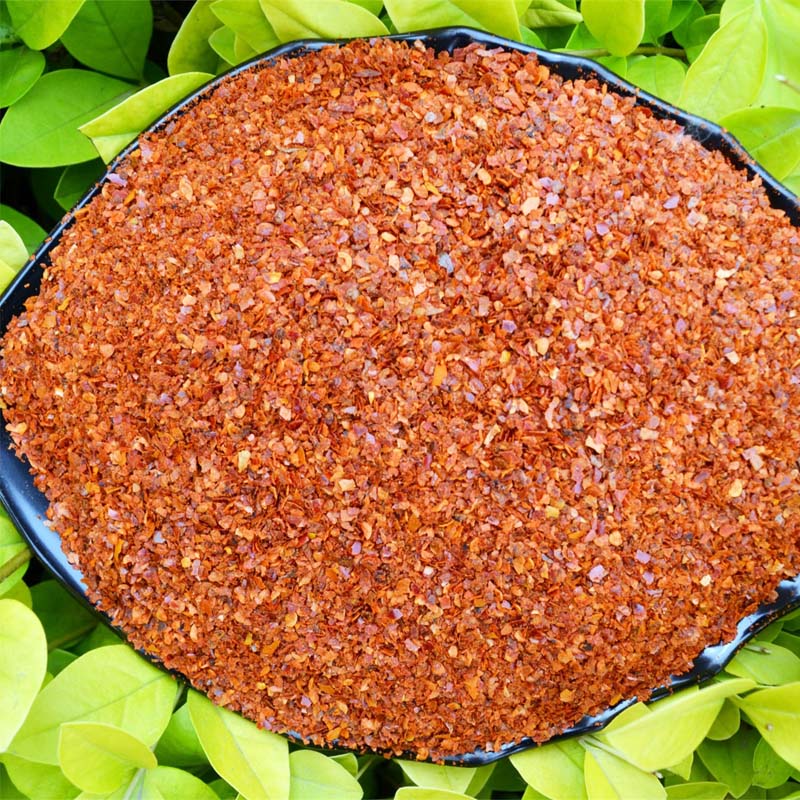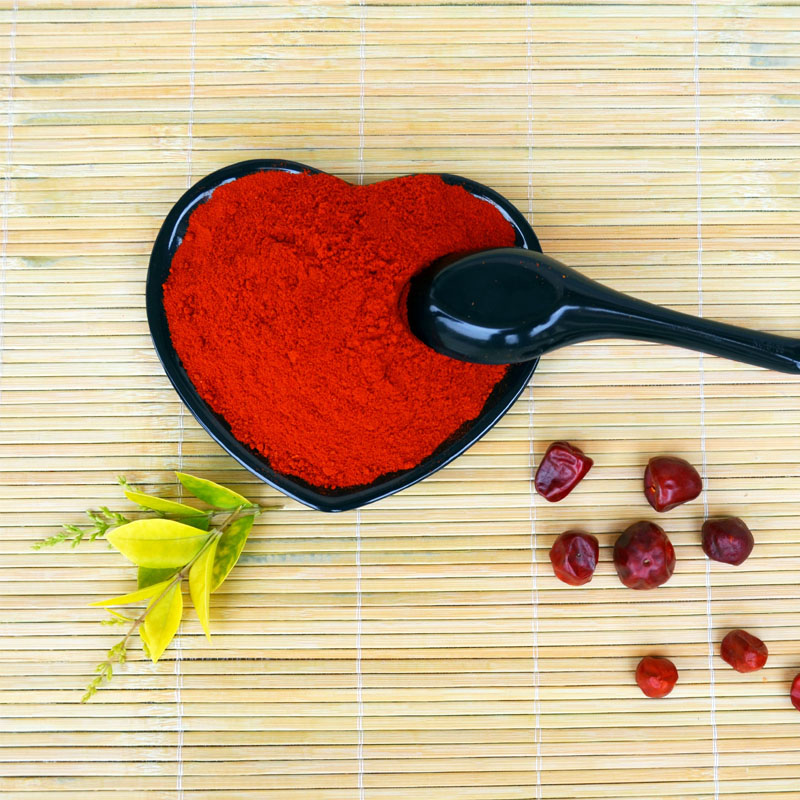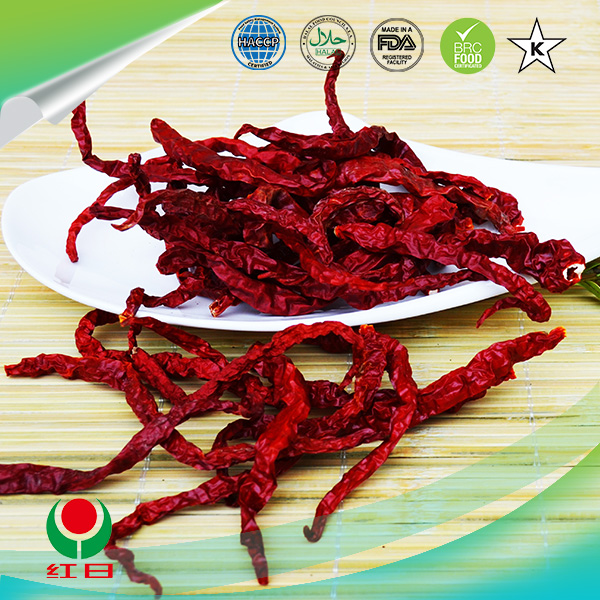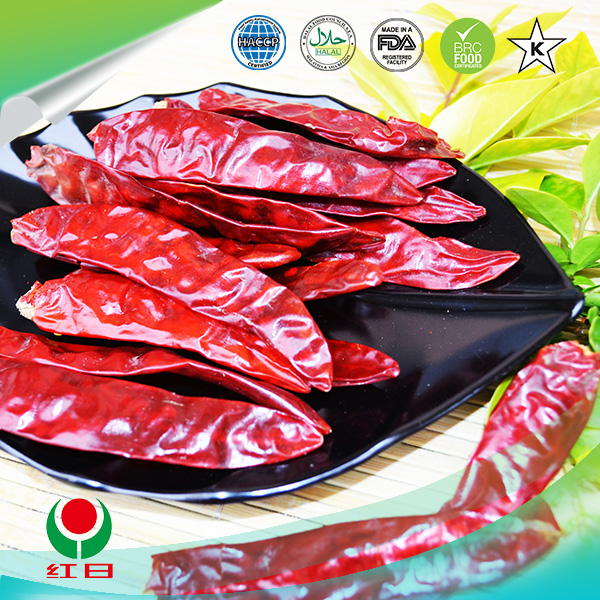- No. 268 Xianghe Street, Economic Development Zone of Xingtai city, Hebei 054001 China
- Byron@hbhongri.cn
cayenne and paprika
The Flavorful World of Cayenne and Paprika
When it comes to spices, few can rival the vibrant colors and bold flavors of cayenne pepper and paprika. Both are derived from the Capsicum annuum plant, but their uses, flavor profiles, and health benefits vary greatly. Their unique characteristics not only enhance culinary creations but also contribute to health and wellness.
Understanding Cayenne Pepper
Cayenne pepper, named after the city of Cayenne in French Guiana, is a bright red spice known for its intense heat. The primary compound responsible for its spiciness is capsaicin, which can vary in concentration depending on the specific variety of cayenne used. With a Scoville heat unit (SHU) rating ranging from 30,000 to 50,000, cayenne packs a punch that can elevate even the most mundane dishes.
Culinary-wise, cayenne is used extensively in various cuisines, particularly in spicy dishes such as curries, salsas, and hot sauces. A little goes a long way, as it can easily dominate a dish if used excessively. Its heat is often appreciated by spice lovers who seek to kick up the flavor of their meals, transforming simple dishes into complex, tantalizing experiences.
Beyond flavor enhancement, cayenne also boasts several health benefits. Studies suggest that capsaicin may boost metabolism, aid in weight loss, and improve digestion. Moreover, its anti-inflammatory properties may alleviate pain and promote heart health. Consequently, incorporating cayenne into your diet may not only tantalize your taste buds but also contribute to overall health and well-being.
The Allure of Paprika
In contrast to cayenne, paprika is a milder spice that varies in flavor from sweet to smoky, with a beautiful red hue. Paprika is primarily produced in Hungary and Spain, where it is celebrated for its diverse flavor profiles. The key difference lies in the processing; paprika is made from grinding dried bell peppers or other mild chili peppers, while cayenne is made from hotter varieties.
Hungarian paprika, known for its sweetness, is often used in traditional dishes such as goulash, where it provides rich flavor without overwhelming heat. In contrast, Spanish paprika, or pimentón, is available in different varieties, including sweet, semi-sweet, and smoked, adding a distinctive smokiness to dishes like chorizo and paella.
cayenne and paprika
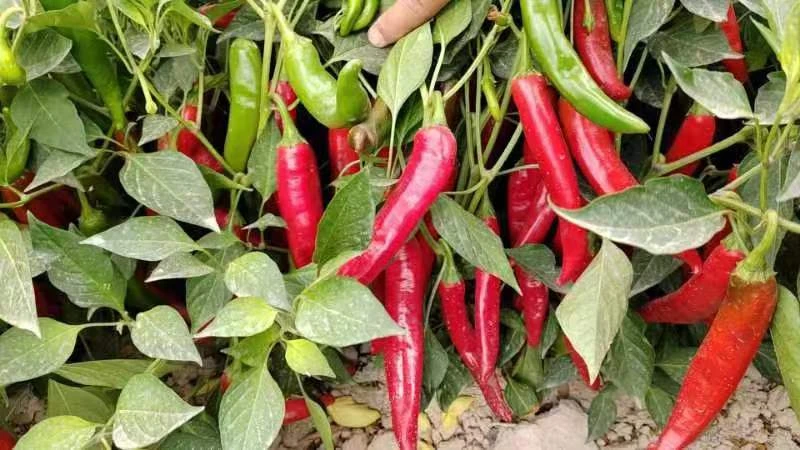
Aside from its culinary uses, paprika is rich in vitamins and antioxidants, particularly vitamin A. It contains carotenoids, which are beneficial for eye health and may help combat oxidative stress. Including paprika in your regular diet not only enhances flavor but also provides nutritional benefits that support overall health.
Culinary Applications
Both cayenne and paprika can be used creatively in the kitchen. For those who enjoy heat, cayenne can be added to marinades, roasted vegetables, or even blended into smoothies for an unexpected kick. It pairs well with chocolate, lending a warm complexity to desserts like dark chocolate brownies.
On the other hand, paprika shines in many savory dishes. It can be sprinkled over popcorn for a flavorful snack, stirred into sauces or soups to add depth, and used as a garnishing spice for deviled eggs. Its vibrant color also makes it a popular choice for adding visual appeal to dishes.
Balancing Heat and Flavor
When combining cayenne and paprika, chefs often look to balance heat with flavor. A dish that incorporates both spices can create an exciting sensory experience. For instance, a sprinkle of paprika can enhance a spicy cayenne-infused dish, offering a counterpoint that enriches the overall flavor profile.
Cayenne’s aggressiveness can be tamed with the sweetness of paprika, resulting in a harmonious blend that caters to varied palates. This balance is invaluable in cuisines that celebrate both heat and flavor, creating dishes that are exciting and accessible.
Conclusion
Cayenne pepper and paprika are more than just spices; they encompass a world of flavor, color, and health benefits. Whether you're looking to spice up a dish with cayenne's fiery heat or add depth and color with paprika's mildness, these spices can transform meals into culinary art. With their roots deeply embedded in various cultural cuisines, they remind us of the universal language of food, where flavor knows no boundaries. Embrace these spices in your cooking, and elevate your dishes to new heights!
-
Unlock the Power of Nature with Capsicum Oleoresin ExtractNewsJul.03,2025
-
Unleash the Heat: Discover the Wonders of Spicy Crushed Red PepperNewsJul.03,2025
-
Unleash the Flavor of Red Pepper Pods – Elevate Your Culinary Creations!NewsJul.03,2025
-
The Rich Flavor of Red Pepper Dried – The Ultimate Ingredient for Your Culinary Creations!NewsJul.03,2025
-
Discover the Rich Flavor of the PaprikaNewsJul.03,2025
-
Discover the Flavorful World of Paprika & Chili ProductsNewsJul.03,2025
